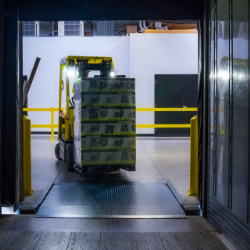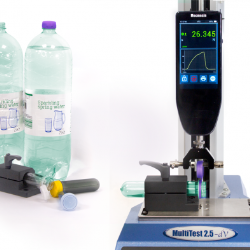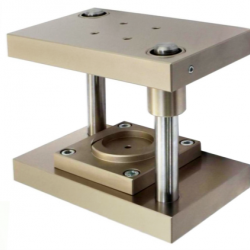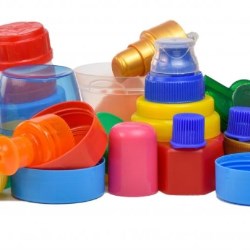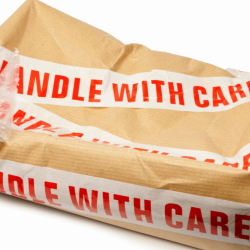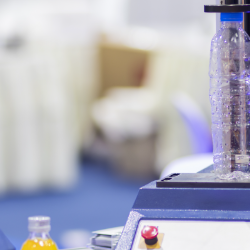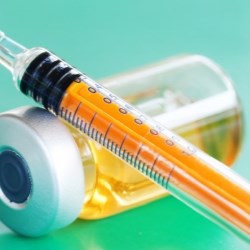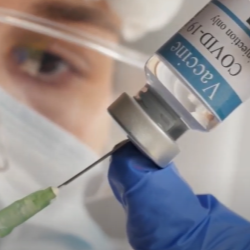Public
Mecmesin Catalog
Mecmesin Certificates
Mecmesin Documents
Mecmesin Locations
Mecmesin News
Mecmesin Videos
If this is your company, CONTACT US to activate Packbase™ software to build your portal.
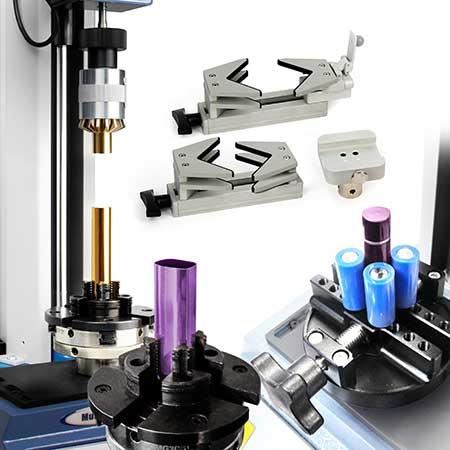

Lipstick is by far the most popular cosmetic product with over 800 million tubes sold every year globally … and sales are resilient even during times of recession.
Fighting for a slice of such a large market draws huge investment in developing the latest lipstick formula to create the next ‘on-trend’ look, all backed up by eye-watering marketing budgets to promote the brand. Getting that moulded bullet crayon of oil wax to the lips is the job of the humble lipstick tube … not a task to be underestimated.
As the first thing to attract attention on the shelf, this primary packaging must have not only an appealing design which carries brand identity, but it must feel good in the hand and be simple and convenient to use. If it’s not satisfactory the lipstick tube will be rejected at the retail level and, since the retailer and manufacturer are often not the same, quality problems at the consumer level have a major impact on the manufacturer.
Testing the mechanical performance of the lipstick tube is a crucial part of the quality-control process for cosmetics manufacturers. Leading players in the cosmetics industry have come to rely on Mecmesin’s range of affordable force and torque testers to carry out checks on batches of lipsticks produced.
The tension force to pull-off the cap, which protects the lipstick inside the tube, needs to be sufficiently high to stop it accidently falling off in the handbag but not too tight to need both hands to remove it. A compact, bench-top tensile tester is easy to use by production staff and QC operators. It captures the peak tension force to remove the cap and compares it to pre-set tolerances to instantly alert users if the sample passes or fails, so that corrective action can be taken before expensive production runs are completed.
Since lipstick tubes come in many different geometries from the classic cone-shape through to square-shapes designed to reach the corners of the lips, it is important that any tester has the right gripping fixtures to hold them securely without slipping.
Once you have removed the cap, the tube needs to engage positively and propel the lipstick bullet in a smooth sliding motion, so you have just enough lipstick to coat the lips without revealing too much and risk snapping it off during application.
Available in a variety of acrylic resins and plastics, the lipstick applicator comprises an outer-layer sheath with a middle-layer spiral tube in which a grooved cup, containing the bullet, is positioned. When the rotary base is turned it raises and lowers the cup to control the helical movement of the lipstick bullet.
Testing the torque characteristics of the lipstick tube is a key quality-control check performed by leading manufacturers using Mecmesin’s semi-automated torque tester, Vortex-i. The tester is pre-programmed to twist until the barrel turns through a number of revolutions and the reverses back to the closed position. The curve of torque vs angle is plotted and 2 distinct calculations are performed. ‘Max torque’ (in N.mm) to initiate movement when opening and closing plus ‘average torque’ during the opening and closing phases.
Since the torque values involved are extremely low it is important that no extraneous forces are applied when gripping the lipstick tubes. Dedicated fixtures from Mecmesin ensure that measurements are repeatable whilst being versatile to exchange for differing geometries of lipstick tubes.
Test equipment
- MultiTest-dV Tensile Tester
- Accessories to grip the tube and protective cap
- Vortex software-controlled Torque Tester
- Custom fixtures to hold the tube and rotate the inner barrel

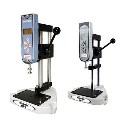
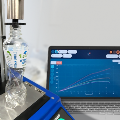
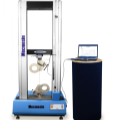
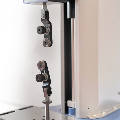
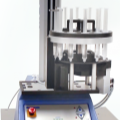
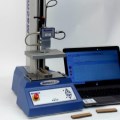
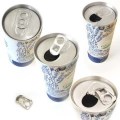
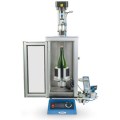
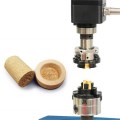
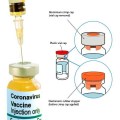
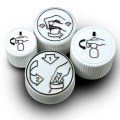
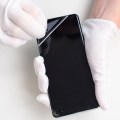
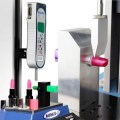
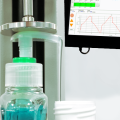
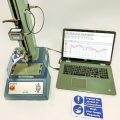
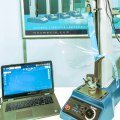
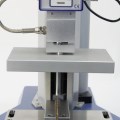
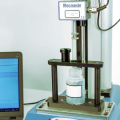

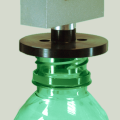
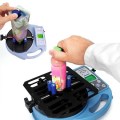
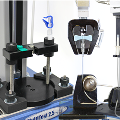

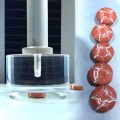
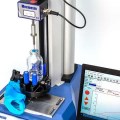
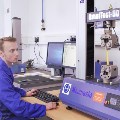
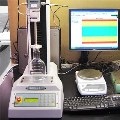
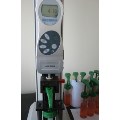
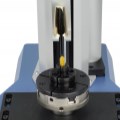
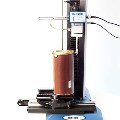
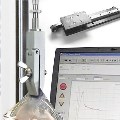
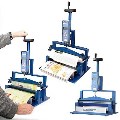

.jpg)
